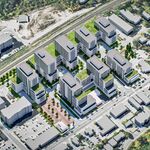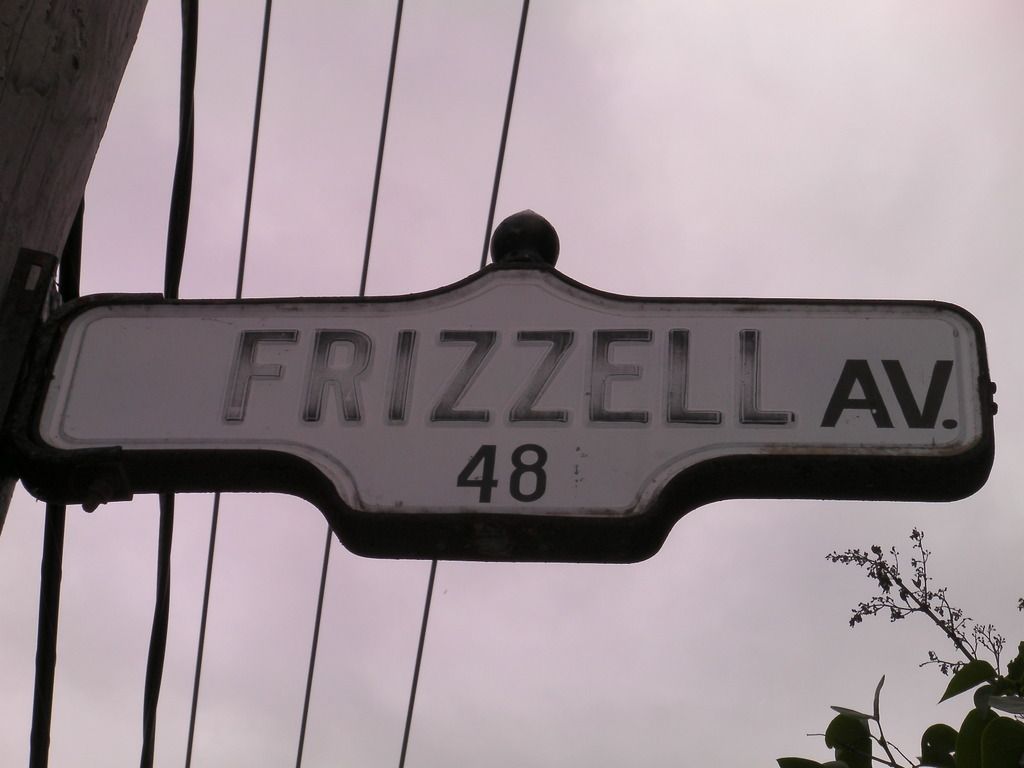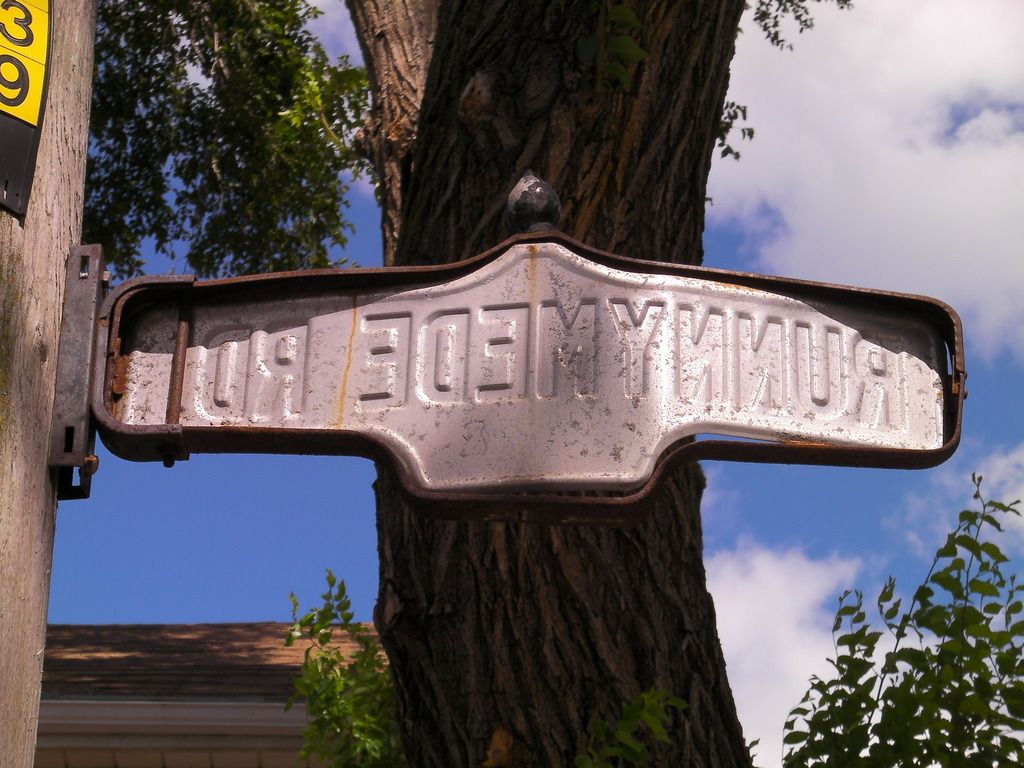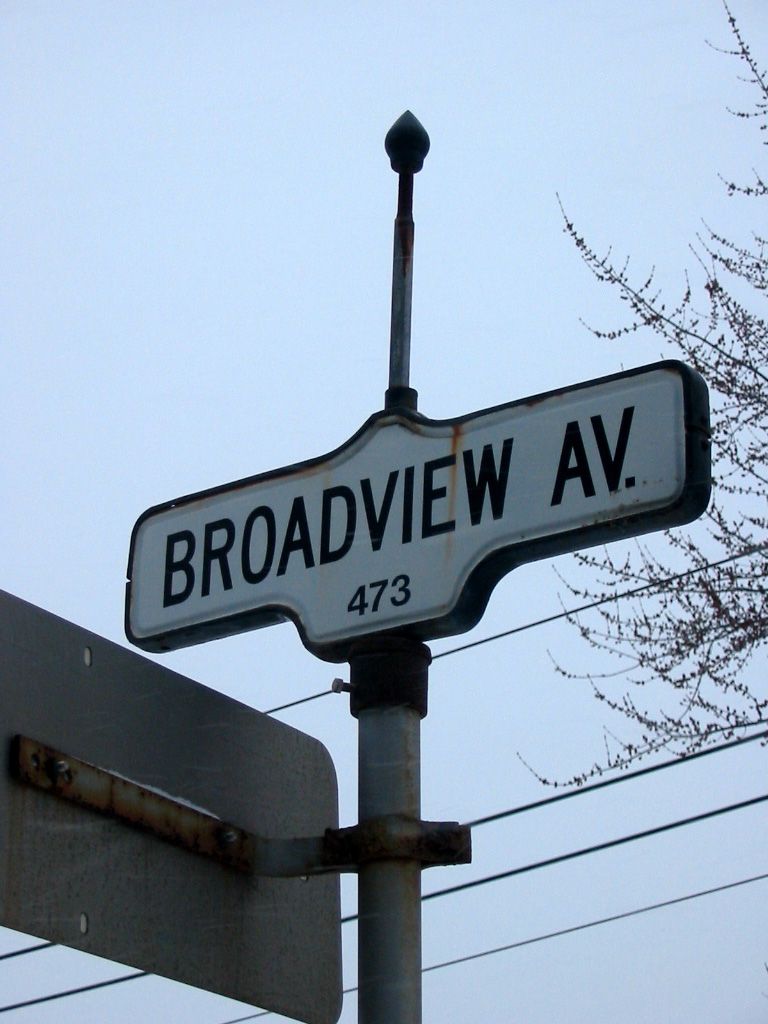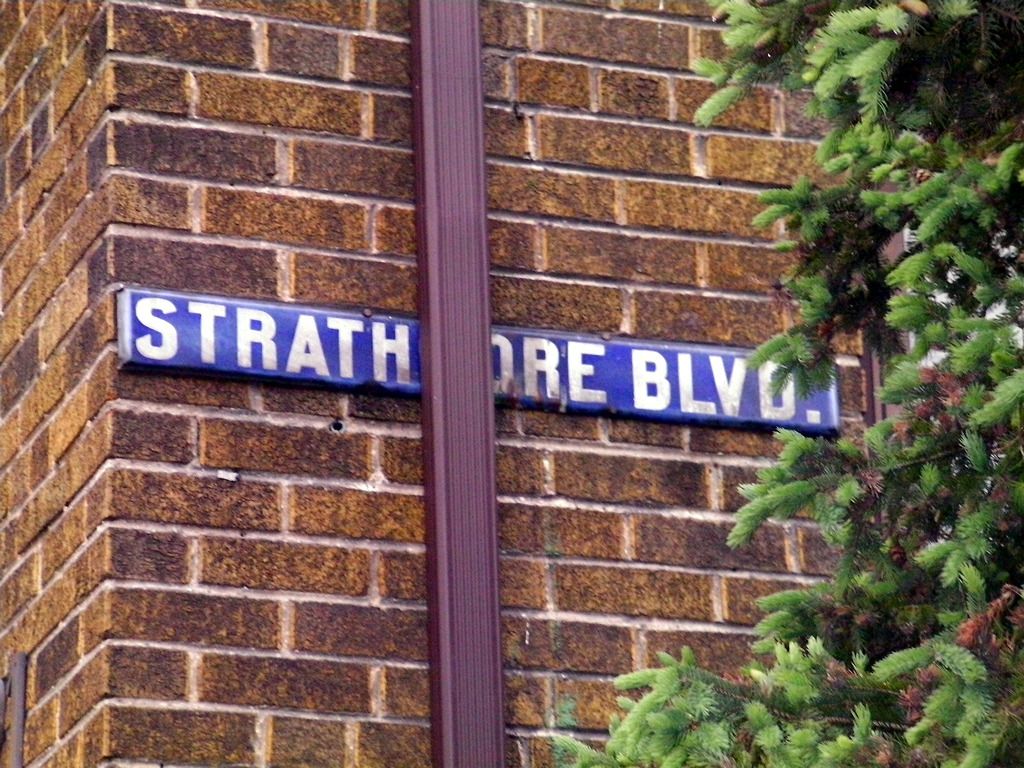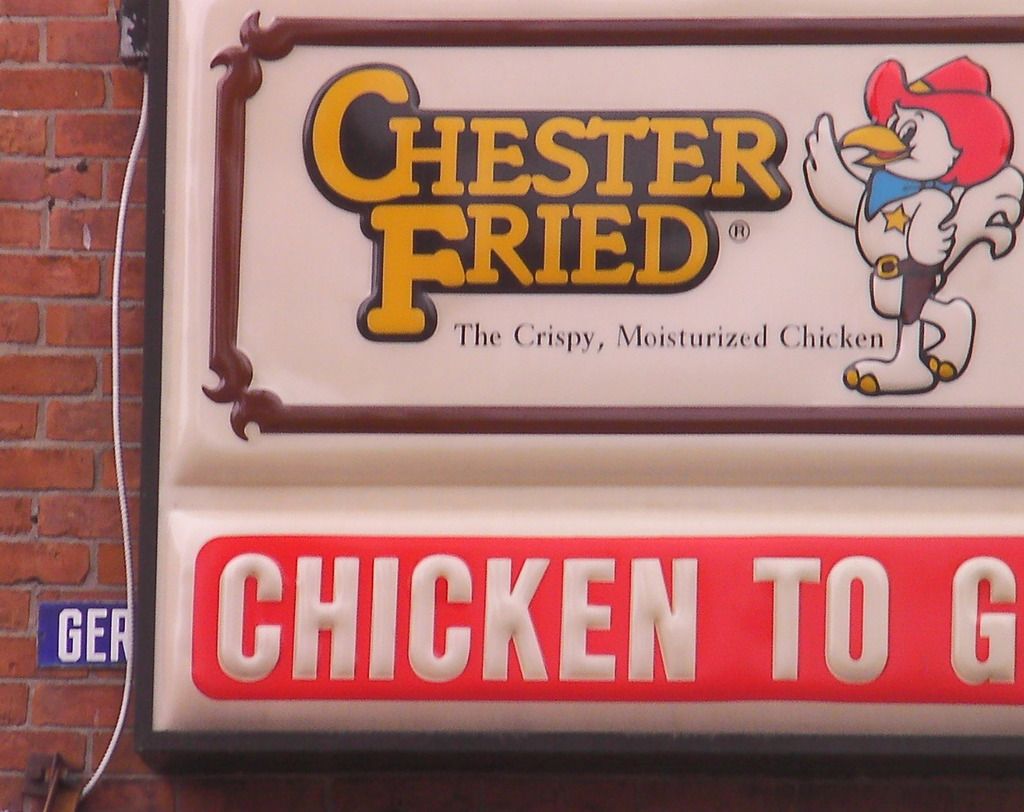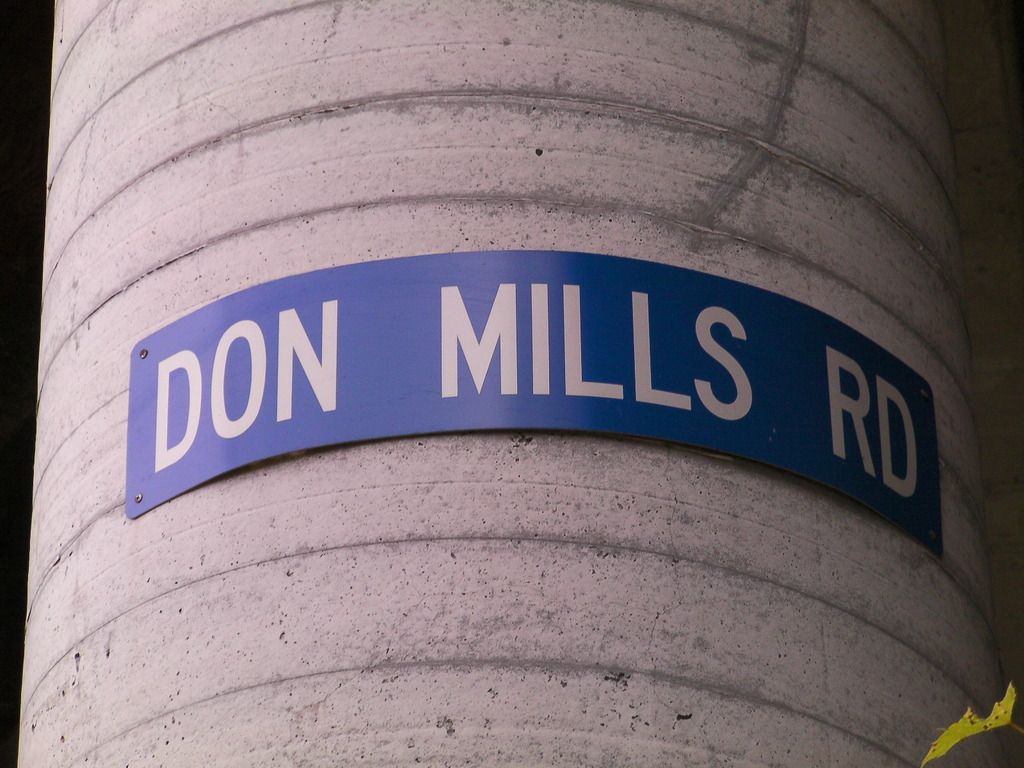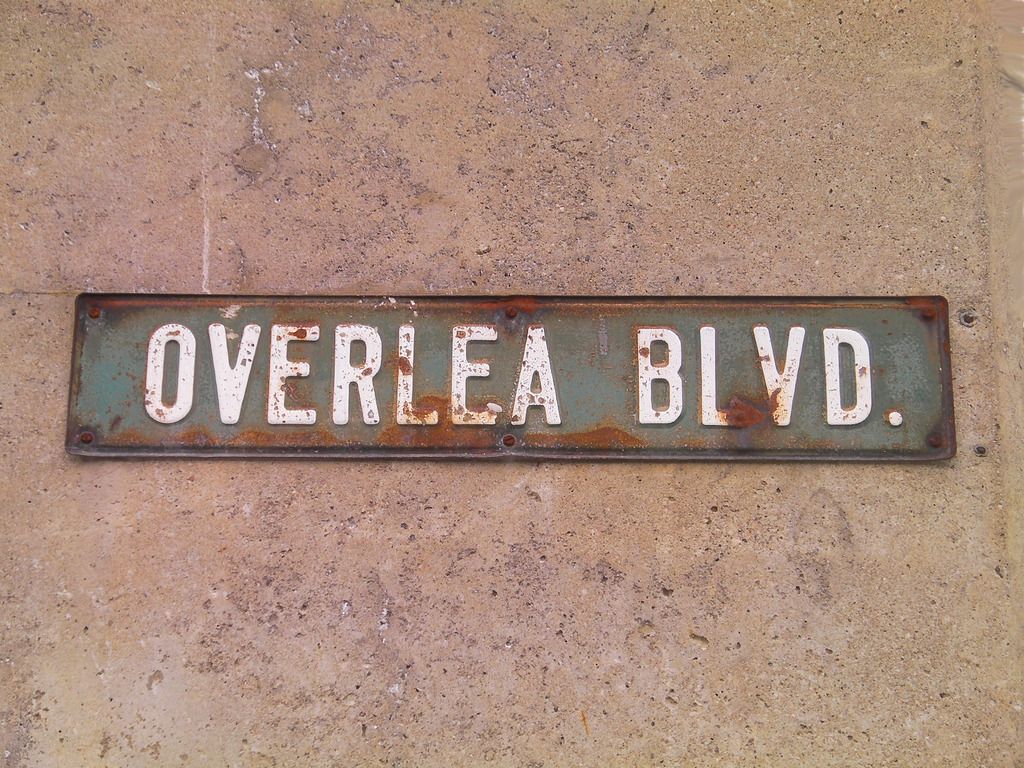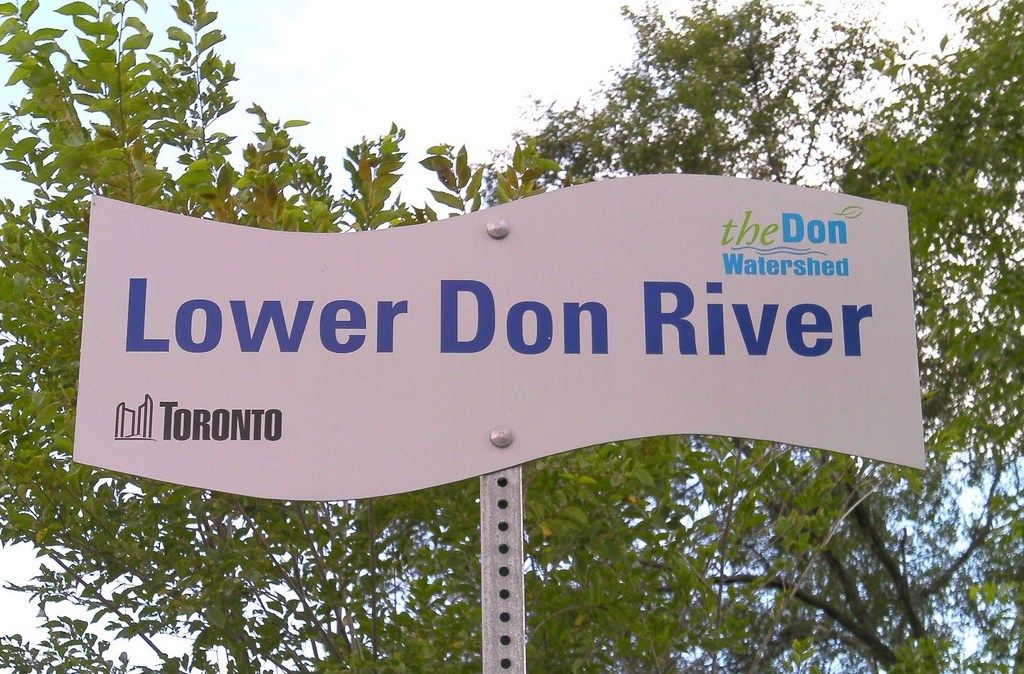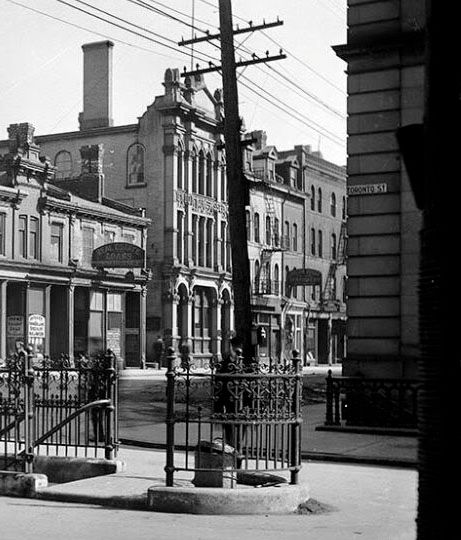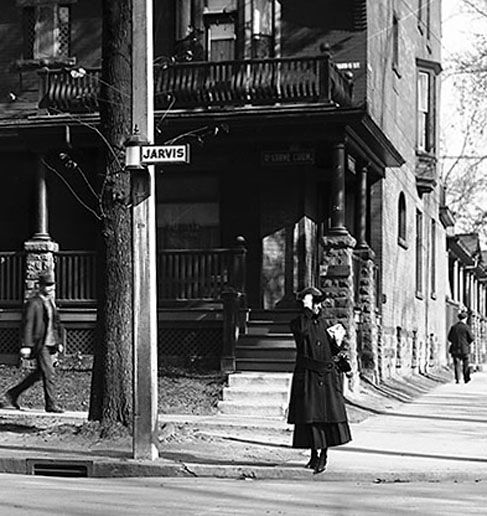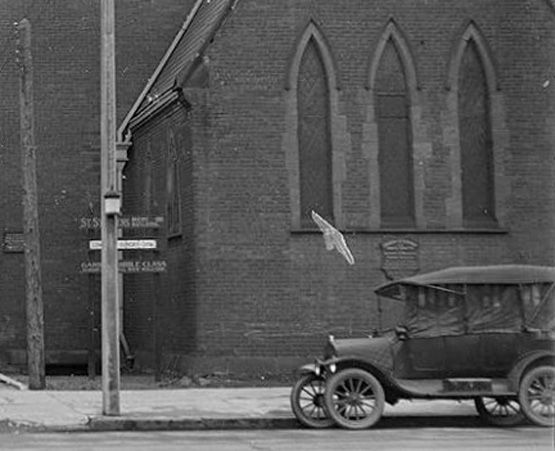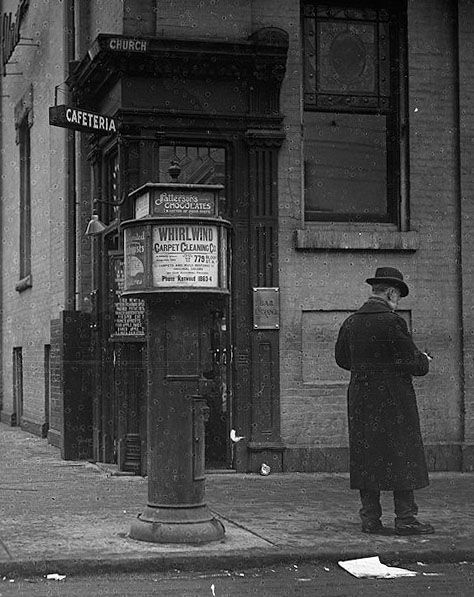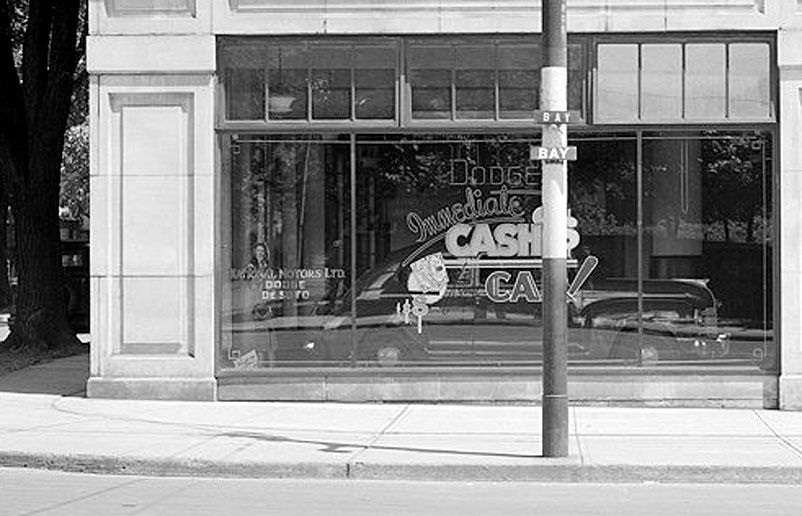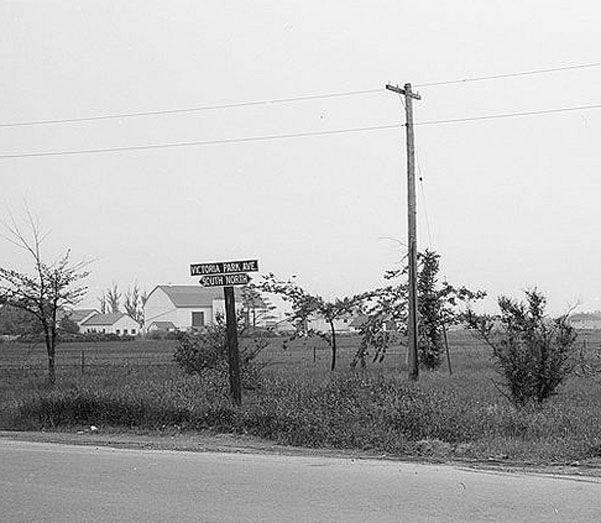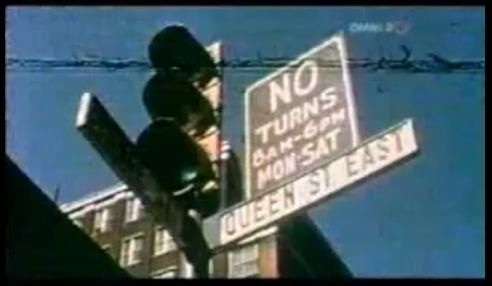DSC
Superstar
Member Bio
- Joined
- Jan 13, 2008
- Messages
- 18,994
- Reaction score
- 26,393
- Location
- St Lawrence Market Area
Linsmore Crescent is another street with odd signs. Prior to amalgamation, the Toronto part of the street was named "Linnsmore Crescent", while further north East York named the same street "Linsmore Crescent", with one "n". It will be interesting to see which spelling the city settles upon.
We have a winner! Actually two as the City lists BOTH in the official street-name index!
Linnsmore Cres 11375 29,30 EAST YORK,TORONTO TORONTO AND EAST YORK
Linsmore Cres 227 29 EAST YORK,TORONTO TORONTO AND EAST YORK
